Welcome to Zhishang Steel Co., Ltd.
TEL: (Gavin) +86-15665898999 | Email : info@zhishangsteel.com
Location:Home>>News>>Industry News » 8 common metal materials
Cast iron
As an unassuming part of our everyday environment, drain LIDS are rarely noticed. The main reason why cast iron has such a large and wide range of uses is its excellent fluidity and its ease of pouring into various complex forms. Cast iron is actually the name for a mixture of several elements, including carbon, silicon, and iron. The higher the carbon content, the better the flow characteristics during the pouring process. Carbon here comes in the form of graphite and iron carbide.
The existence of graphite in cast iron makes the sewer lid have excellent wear resistance. Rust is usually only on the top layer, so it's usually polished off. In spite of this, there are special measures to prevent rust during the casting process, that is, a layer of asphalt coating is added to the surface of the casting, and the asphalt penetrates into the fine holes on the surface of the cast iron, so as to play the role of rust prevention. The traditional process of producing sand casting materials is now being used by many designers in newer and more interesting areas.
Material characteristics: excellent fluidity, low cost, good wear resistance, low solidification shrinkage, very brittle, high compression strength, good machinability.
Typical uses: Cast iron has been used for hundreds of years in construction, Bridges, engineering components, household, and kitchen appliances.

Stainless steel is an alloy made by mixing chromium, nickel and other metal elements into steel. Its non-rusting properties are derived from the composition of chromium in the alloy, chromium on the surface of the alloy formed a layer of fast, self-repairing ability of chromium oxide film, this film is invisible to our naked eyes. The ratio of stainless steel to nickel that we usually refer to is generally 18:10. The word "stainless steel" does not simply refer to a kind of stainless steel, but means more than one hundred kinds of industrial stainless steel, each stainless steel developed has good performance in its specific application field.
When stainless steel was introduced into product design in the early 20th century, designers developed a number of new products based on its strength and corrosion resistance, touching on many previously unexplored areas. The series of design experiments were revolutionary: sterilized, reusable devices were the first to appear in the medical industry, for example.
Stainless steel is divided into four main types: austenite, ferrite, ferrite-austenite (compound), martensite. Stainless steel used in household products is basically austenite.
Material characteristics: health care, corrosion resistance, fine surface treatment, high rigidity, can be formed through various processing technology, difficult to cold processing.
Typical use: In the common primary color stainless steel, austenitic stainless steel is the most suitable coloring material, can get satisfactory color appearance and modeling. Austenitic stainless steel is mainly used in decorative building materials, household goods, industrial pipes and building structures; Martensitic stainless steel is mainly used to make cutting tools and turbine blades; Ferritic stainless steel with corrosion resistance, mainly used in durable washing machines and boiler parts; Composite stainless steel has stronger corrosion resistance, so it is often used in corrosive environments.
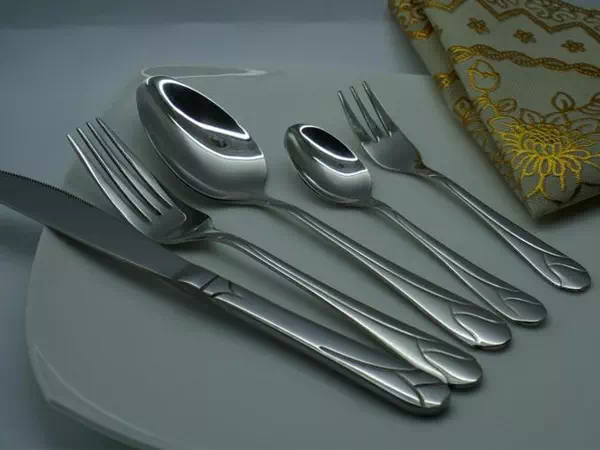
Zinc
Zinc, which is silvery and bluish-gray, is the third most widely used non-ferrous metal after aluminum and copper. The average person consumes 331 kilograms of zinc in their lifetime, according to the U.S. Bureau of Minerals. Zinc has a very low melting point, so it is also an ideal pouring material.
Zinc castings are very common in our daily life: the materials below the surface layer of door handles, faucets, electronic components, etc. Zinc has very high corrosion resistance, which makes it have another most basic function, that is, as the surface coating material of steel. In addition to these functions, zinc and copper together to form brass alloy material. Its resistance to corrosion isn't just applied to steel cladding -- it also helps boost our human immune system.
Material characteristics: health care, corrosion resistance, excellent castability, excellent corrosion resistance, high strength, high hardness, cheap raw materials, low melting point, creep resistance, easy to form alloy with other metals, health care, fragile at room temperature, ductility around 100 degrees Celsius.
Typical use: Components for electronic products. Zinc is one of the alloy materials from which bronze is formed. Zinc also has cleaning and corrosion resistance properties. Zinc is also used in roofing materials, photo carving plates, mobile phone antennas and shutter mechanisms in cameras.
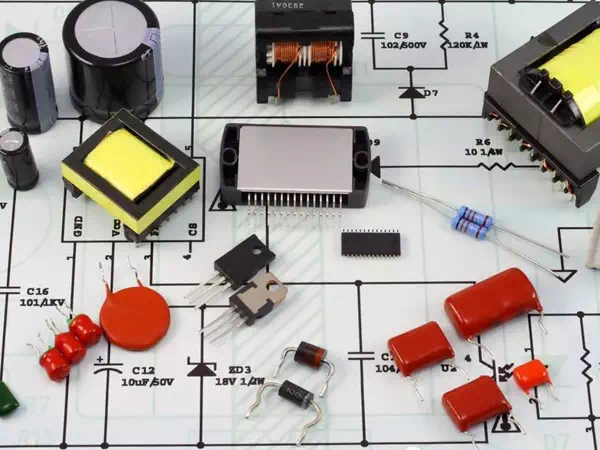
Aluminum (AL)
Compared with gold, which has been in use for 9, 000 years, aluminum, a bluish white metal, is the baby of metals. Aluminum was invented and given a name in the early 18th century. Unlike other metallic elements, aluminum does not occur in nature as a direct metallic element, but is extracted from bauxite containing 50 percent alumina, or bauxite. In this form, aluminum is one of the most abundant metal elements on Earth.
When the metal aluminum first appeared, it was not immediately used in people's life. Later, a batch of new products aiming at its unique functions and characteristics gradually came out, and this high-tech material gradually had a wider and wider market. Although the history of aluminum is relatively short, the production of aluminum products on the market now far exceeds that of other non-ferrous metal products combined.
Material characteristics: flexible and plastic, easy to make alloy, high strength-weight ratio, excellent corrosion resistance, easy to conduct electricity and heat, recyclable.
Typical uses: vehicle skeleton, aircraft parts, kitchen utensils, packaging and furniture. Aluminum is also used to reinforce large structures, such as the statue of Love in London's Piccadilly Circus and the top of the Chrysler Building in New York.
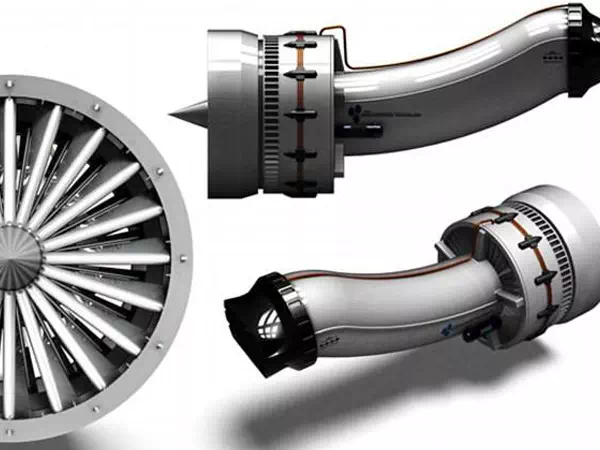
Magnesium alloy
Magnesium is an extremely important non-ferrous metal. Lighter than aluminum, it can be well used to form high-strength alloy with other metals. Magnesium alloy has the advantages of light specific gravity, high specific strength and stiffness, good thermal conductivity and conductivity, good damping and electromagnetic shielding performance, easy processing and forming, and easy recovery. However, for a long time, due to the high price and technical limitations, magnesium and magnesium alloys are only used in the aviation, aerospace and military industries, so it is called "noble metal". Today, magnesium is the third largest metal engineering material after steel and aluminum, which is widely used in aerospace, automobile, electronics, mobile communication, metallurgy and other fields. It is expected that magnesium will become even more important in the future due to the increase in production costs of other structural metals.
The proportion of magnesium alloy is 68% of that of aluminum alloy, 27% of that of zinc alloy, and 23% of that of steel. It is often used in automobile parts, 3C product shells, and building materials. Most ultra-thin laptops and mobile phones use magnesium alloy shells. Since the last century, human beings still have an irremovable love for metal texture and luster. Although plastic products can form a metal-like appearance, their luster, hardness, temperature and texture are still different from metal. As a new kind of metal raw material, magnesium alloy gives people a feeling of high-tech products.
The corrosion resistance of magnesium alloy is 8 times that of carbon steel, 4 times that of aluminum alloy, and more than 10 times that of plastic. The corrosion resistance of magnesium alloy is the best among alloys. The commonly used magnesium alloy has non-flammability, especially when used in the parts of steam engine and building materials, which can avoid instantaneous combustion. Magnesium is the eighth most abundant in the Earth's crust, and most of its raw material is extracted from seawater, so its resources are stable and adequate.
Material characteristics: lightweight structure, high rigidity and impact resistance, excellent corrosion resistance, good thermal conductivity and electromagnetic shielding, good non-flammability, poor heat resistance, easy recovery.
Typical applications: Widely used in aerospace, automobile, electronics, mobile communication, metallurgy and other fields.
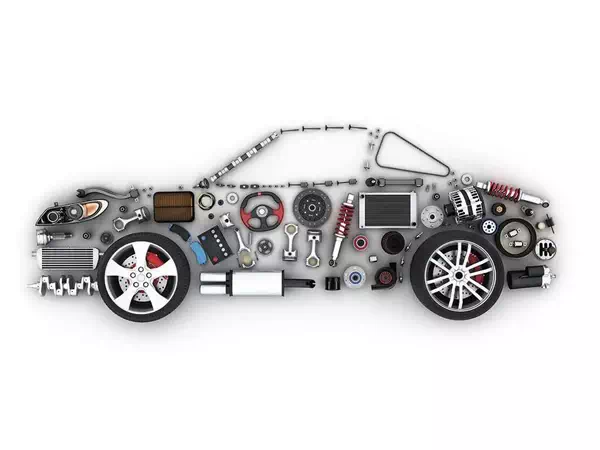
Copper
Copper is an incredibly versatile metal that is so relevant to our lives. Many of man's early tools and weapons were made of copper. Its Latin name, cuprum, comes from Cyprus, an island rich in copper. The metal was named after the island's shortened name, Cu, giving copper its current name.
Copper plays a very important role in modern society: it is widely used in building structures as a carrier of electricity, and it has been used for thousands of years as a raw material for body decorations by people of many different cultures. The malleable, orange-red metal has evolved with us from its simple beginnings as a decoded transmission to its pivotal role in complex modern communications applications. Copper is an excellent electrical conductor, its conductivity is second only to silver. From the point of view of the history of people using metal materials, copper is second only to gold for human use of the oldest metal. This is largely because copper is easy to mine and the copper industry is relatively easy to separate from it.
Material characteristics: Good corrosion resistance, excellent thermal and electrical conductivity, hard, flexible, malleable, polished, unique effect.
Typical applications: wires, engine coils, printed circuits, roofing materials, piping materials, heating materials, jewelry, cookware. It is also one of the main alloys used to make bronze.
Chrome
The most common form of chromium is used as an alloying element in stainless steel to enhance its hardness. Chrome plating process is generally divided into three types: decorative coating, hard chromium coating and black chromium coating. Chromium coating is widely used in the engineering field, decorative chromium coating is usually as the most surface layer of nickel plating, coating has a fine and exquisite polishing effect as a mirror. As an ornamental post treatment, the chrome coating is only 0.006 mm thick. The risk of chromium plating must be fully considered when planning to use the process. Over the last decade, there has been an increasing trend for hexavalent decorative chromium water to be replaced by trivalent chromium water, because the former is very carcinogenic and the latter is considered to be relatively less toxic.
Material characteristics: very high finish, excellent corrosion resistance, hard and durable, easy to clean, low friction coefficient.
Typical use: Decorative chrome plating is used to coat many automotive components, including door handlebars and buffers. In addition, chrome is also used in bicycle parts, bathroom faucets, furniture, kitchen utensils, and cutlery. Hard chrome is more commonly used in industrial applications, including random access memory in job control blocks, jet engine components, plastic molds, and shock absorbers. Black chrome plating is mainly used for musical instrument decoration and solar energy utilization.
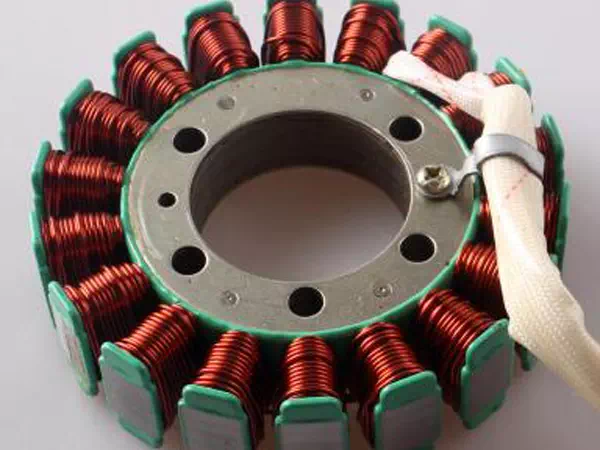
Titanium
Titanium is a very special metal, very light in texture, but also very tough and corrosion resistant, at room temperature for life to maintain its own tone. Titanium, which has a melting point similar to platinum, is often used in aerospace. Military precision components. When treated with electricity and chemicals, different colors are produced. Titanium has excellent resistance to acid and alkali corrosion in the "aqua king" for a few years of titanium, still shiny, brilliant. If titanium is added to stainless steel, adding only about one percent, it will greatly improve the resistance to rust.
Titanium has a small density, high temperature resistance, corrosion resistance and other excellent characteristics, titanium alloy density is half of steel and steel strength is about the same; Titanium is resistant to both high and low temperatures. High strength can be maintained in the wide temperature range of -253℃~500℃. These advantages are what space metals need. Titanium alloy is a good material for making rocket engine shell and artificial satellite, spacecraft, known as "space metal". Because of these advantages, titanium has emerged as a prominent rare metal since the 1950s.
Titanium is a pure metal, because titanium metal "pure", so when the substance and it contact, there will be no chemical reaction. That is to say, because of its corrosion resistance and high stability, titanium does not affect its essence after long-term contact with people, so it will not cause human allergies. It is the only metal that does not have any effect on human phytonerves and taste, known as "biophilic metal".
The biggest drawback of titanium is that it is difficult to refine. This is mainly because titanium can combine with oxygen, carbon, nitrogen and many other elements at high temperatures. That is why titanium was once considered a "rare metal". In fact, titanium accounts for about 6‰ of the weight of the Earth's crust, which is more than 10 times more than copper, tin, manganese, and zinc combined.
Material characteristics: very high strength, excellent weight ratio, corrosion resistance, difficult to cold work, good weldability, about 40% lighter than steel, 60% heavier than aluminum, low electrical conductivity, low thermal expansion rate, high melting point.
Typical uses: golf clubs, tennis rackets, laptops, cameras, luggage, surgical implants, aircraft skeletons, chemical equipment and maritime equipment. Titanium is also used as a white pigment for paper, painting and plastics.
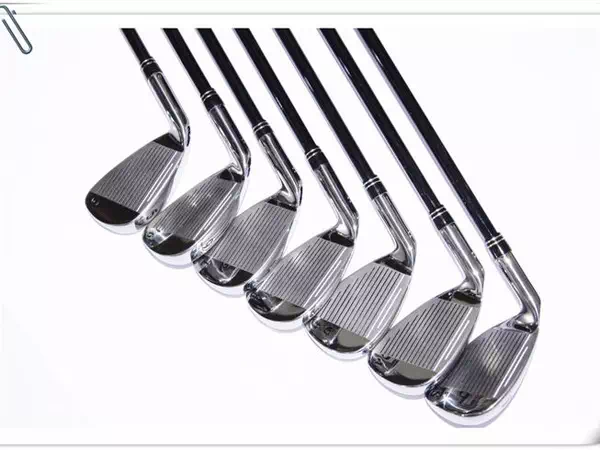

ABOUT USOverviewThe company mainly deals in color-coated, galvanized, stainless steel pipes, stainless steel coils, stainless steel plates of various materials; hot-rolled series of rebar, medium and heavy plates, coils, I-beams, angle steels, channel steels, H-beams and other steel products and deep processing Service. (The company’s annual invent···